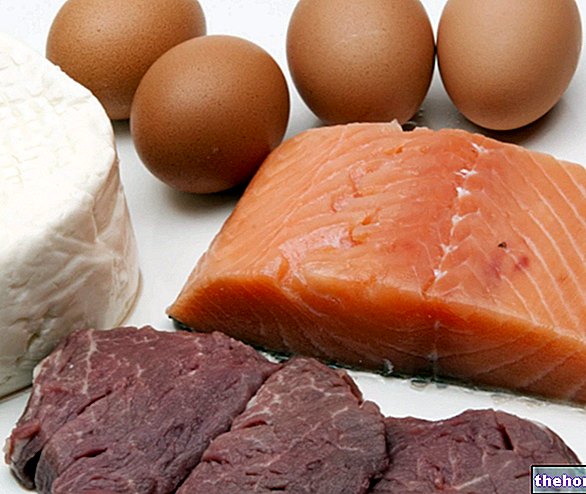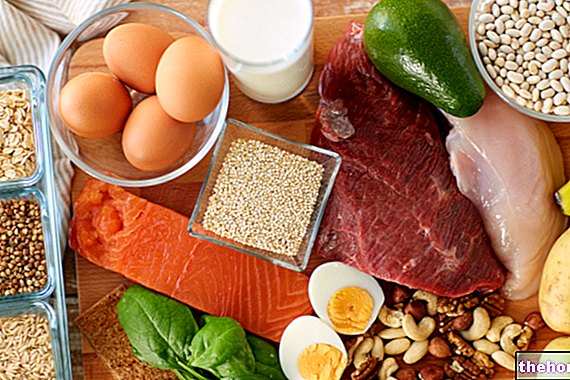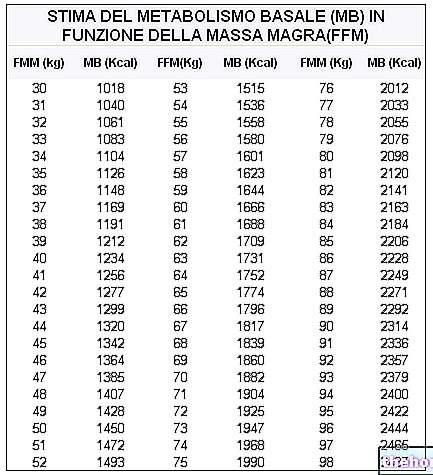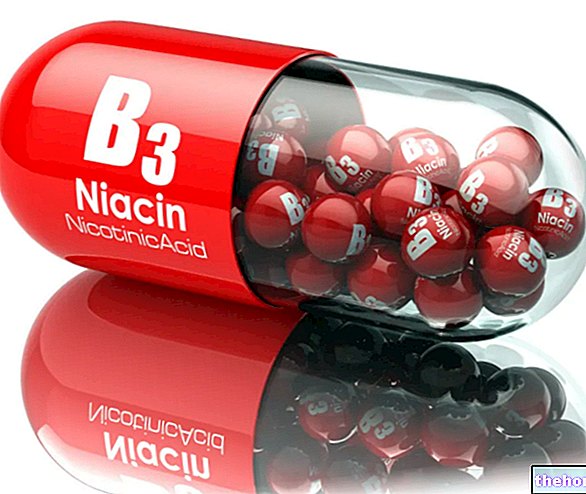Lipids and cardiovascular diseases
The excess LDL present in the plasma infiltrates the inner part of the arteries, is modified (oxidized) and begins the atherosclerotic process, a true antechamber of cardiovascular diseases.

Fibrinolysis protects us from these dangerous events; for this reason, an excess of triglycerides in the blood, making this defense mechanism less efficient, significantly increases the risk of developing cardiovascular diseases.
The saturated fatty acids in the diet raise cholesterol, so they are atherogenic. It is useful to remember, in this regard, that saturated fatty acids do not all have the same atherogenic power. The most dangerous ones are palmitic (C16: 0), myristic (C14: 0), while lauric (C12: 0) it seems to increase total cholesterol levels by raising above all the HDL fraction (positive aspect). Stearic (C18: 0), on the other hand, despite being saturated, is not atherogenic because the organism rapidly desaturates it, forming oleic acid.
Even medium-chain fatty acids appear to be devoid of atherogenic power.
Saturated fatty acids are found mainly in dairy products, eggs, meat and some vegetable oils (coconut and palm). The latter are widely used by the food industries, especially in the preparation of confectionery and baked goods.
Saturated fatty acids can be obtained artificially, through industrial processes based on the hydrogenation of vegetable oils (as occurs, for example, in the production of margarine). These fatty acids are called trans because, unlike cis fatty acids present in nature, the two hydrogens bound to the carbons engaged in the double bond are arranged on opposite planes.
Trans fatty acids are harmful to health, as they increase the levels of bad LDL cholesterol and reduce those of good HDL cholesterol.
Trans fatty acids are present in numerous food products of industrial origin, where since the end of 2014 they are compulsorily indicated on the label with the expression "totally or partially hydrogenated fat." However, even if not hydrogenated, vegetable fats are generally prepared with oils tropical, rich in saturated fatty acids and therefore very far from being considered healthy.
Functions of the main unsaturated fatty acids
Omega-6 polyunsaturated fatty acids lower cholesterol, reducing plasma LDL levels. This benefit, however, is partly mitigated by the fact that the same omega-6 fatty acids also slightly reduce the "good" HDL cholesterol.
The oleic acid (olive oil), on the other hand, reduces LDL-cholesterol levels (albeit to a lesser extent than omega-6) without affecting the percentage of HDL-cholesterol. This fatty acid, although not as essential as the others two, is therefore very important for our well-being. Oleic acid is found in numerous condiments of vegetable origin and especially in olive oil which, also for this reason, is one of the best condiments to be used in the kitchen.
Omega-3 polyunsaturated fatty acids lower plasma triglyceride levels by interfering with their incorporation into the liver into VLDLs. For this reason they possess an "important antithrombotic action (remember, in fact, that high levels of triglycerides in the blood reduce the process of fibrinolysis, responsible for the dissolution of intravasal clots; for this reason" hypertriglyceridemia is accompanied by an increased risk of cardiovascular diseases) .
All this explains why every day, through TV and newspapers, doctors and nutritionists underline the importance of a regular consumption of foods rich in omega-three (fish and flax seeds), in order to keep blood cholesterol levels under control. , triglycerides and, together with them, the risk of cardiovascular disease.
PLEASE NOTE: To obtain benefits from the correction of consumed dietary lipids, it is necessary to replace the omega-6 and omega-3 for saturated and hydrogenated fats; their contribution, therefore, must not be additive but substitute. Furthermore, it is essential to respect the overall caloric constraint: a "diet that is too rich in fats and calories, even if made up of high quality lipids, risks nullifying the effect" protective of the latter on cardiovascular risk.
Lipids and cancer
A high consumption of fat increases the incidence of various cancers (breast, colon, prostate and pancreas). For some time now, scholars have in fact noted that the incidence of tumors increases in groups of populations that pass from a poor diet. fat to a hyperlipid. This fact was found above all in the Japanese who, after moving to the United States and adopting the hyperlipidic diet typical of this country, suffered a higher incidence of tumors.
Lipids are believed to be promoters and not initiators of the tumor process. In other words, a high-fat diet would not trigger the tumor, but would stimulate the proliferation of existing cancer cells.
The quantity of lipids consumed, rather than the quality, would have the greatest impact on tumor incidence.
Lipids and obesity
It is well established that a high intake of fat predisposes to obesity for several reasons:
lipids are more energetic than other nutrients.
Taking too many fats does not increase their oxidation, unlike carbohydrates which, if consumed in excess, promote, within certain limits, an increase in the body's ability to oxidize them.
Lipids are the nutrients with the lowest thermogenic effect (each time we eat the energy expenditure increases; this increase is maximum for proteins - 30% of the protein caloric intake -, intermediate for carbohydrates - 7% - and very low for lipids - 2-3% of the energy assumed -)
Lipids and immune function
Nutritional deficiencies lower the immune system. However, even those who consume an excess of fat run the same risks as a malnourished individual. Although it may seem like a paradox, even the "dietary excess (especially lipids) causes a lower immune response.
How many lipids to take daily?
It is agreed that the ideal quantity of lipids in the diet is equal to 25-35% of the total caloric intake. For what has been said so far, it is advisable not to exceed the upper limit, but also not to fall below the minimum value, both because it would run into nutritional deficiencies, both because the diet would become so unsatisfactory that it would be easily abandoned.
As for cholesterol, it is recommended not to take more than 300 mg per day. In the presence of cardiovascular diseases or a high family predisposition towards these diseases, the cholesterol intake should be lower.




























